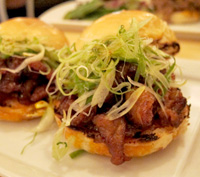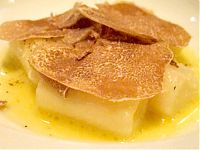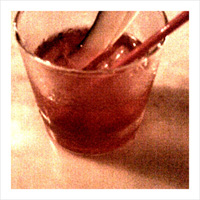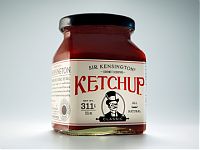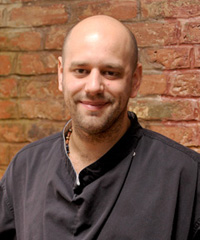


Hakone-Izu '06
by Celia Sin-Tien Cheng
March 2, 2006
There couldn’t have been a better time for me to visit Japan this year. My goals were simple: I wanted to catch up with friends, run around Tokyo as I always did when I lived there, visit an onsen (hot spring) over the weekend and casually enjoy some good food. I had no intention to write a feature for this trip since the focus was not culinary. But with the arrival of spring, the gorgeous views of plum blossoms in full bloom on the Izu Peninsula and Mt. Fuji covered in a veil of white snow in the background, I was inspired to write just a few words to welcome the new season…and mention the soba restaurant in Hakone at which it has become my tradition to stop by on my way to the hot springs.
My friend Yumiko arranged a wonderful weekend trip to Hakone — part of the Fuji-Hakone-Izu National Park and one of the most popular tourist destinations for hot springs that is relatively close to Tokyo. The beauty of staying at a ryokan (traditional Japanese inn) with a hot spring is to enjoy not only the onsen but also the lavish Japanese-style dinner and breakfast that is part of the deal. After a night of bathing and relaxation, the following morning, we drove out to the Izu Peninsula to view the plum blossoms (cherry blossoms bloom later in early to mid-April).We struck heavy traffic returning to Tokyo, as the rest of the city had apparently been with us in Izu appreciating the plum blossoms in all their glory. All three photos above were taken around Shuzenji Temple in Izu. Just looking at the picturesque, tall-standing bamboos behind the plum blossom trees rejuvenates me.
Please join me in welcoming the arrival of spring!

Hakone-Izu '06
by Celia Sin-Tien Cheng
March 2, 2006
TEUCHISOBA GEN
Yumoto-chaya 183, Ashigara-shimogun,
Hakone-machi, Kanagawa-ken
250-0312 Japan
+81-460-5-3939
Teuchisoba Gen serves two different types of buckwheat noodles: the regular seiro noodles that you’ll find on the menus of all soba restaurant’s and the specialty, gen noodles, which are made with less finely ground soba grains so you can see and taste the graininess. The added texture of the gen noodles makes them absolutely delicious, especially if you are a soba-fanatic, like myself, and love the taste of buckwheat. Open six days a week (closed Mondays) at 11 a.m., the restaurant serves only 30 portions of the gen noodles daily (which run out relatively quickly) and closes when the regular seiro soba runs out.
You can also sample soba tea and soba grains (used for brewing the tea), which are out on the tables and can be eaten as is. The grains have a naturally crunchy texture and a slightly smoky taste. And, as I have recently learned, they are great for adding into salads.
Whether choosing the seiro or gen as your soba noodle, there are different combinations on the menu. For example, there’s the basic seiro (cold noodles dipped into a cold, soy-based sauce), or you can mix natto (fermented soy beans) and raw egg mixed with cold noodles. My favorite is the kamo seiro: the cold noodles are dipped into hot duck broth and, after finishing the noodles, you can add sobayu (the water that the soba is boiled in) and drink the remaining broth. I found the duck meat too tough, but the broth was delicious and a perfect complement to the gen.
Going to Teuchisoba Gen for lunch whenever I visit the hot springs in Hakone is the perfect way to start and complete the trip.
notextile.



